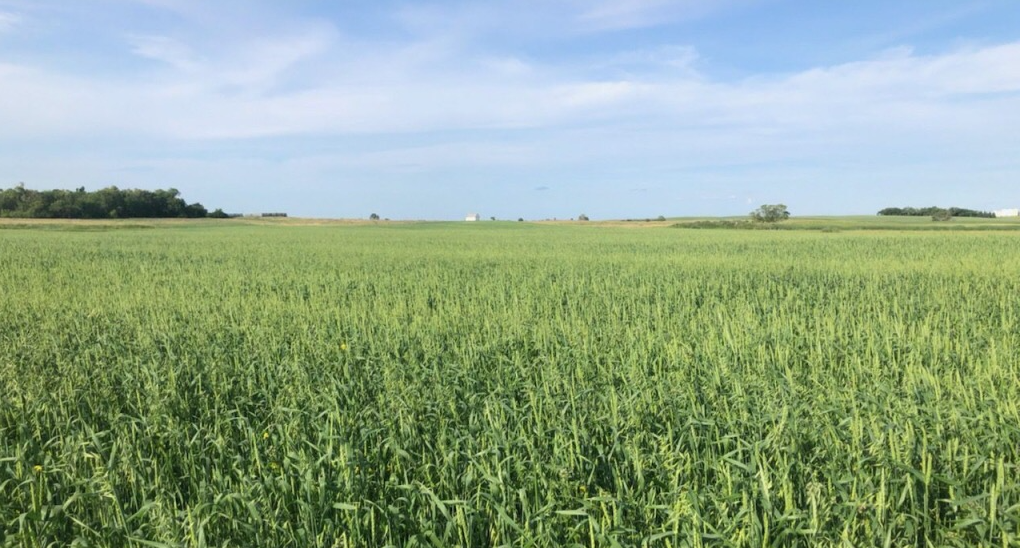One of our farming partners and the supplier of our Prairie Hard Red, Harris Ridge Farm, have transitioned from organic to regenerative farming. We’re super excited about this transition and not only because it gave us an excuse to read up on regenerative farming and watch a couple great documentaries. Regenerative agriculture has been gaining popularity as a farming method that is incredibly sustainable and great for the environment and consumers alike.
Regenerative farming as a principle has seen a massive increase in popularity over the years but there is still a lot of confusion around what the practice entails and how it differs from organic farming.
Regenerative farming takes on a more holistic view of agriculture and farming and focuses on reinvigorating the land as opposed to following a specific set of guidelines like with organic certifications, for example. Regenerative agriculture aims to increase soil health and biodiversity while lowering carbon outputs and watershed. Generally speaking, farmers and ranchers who adopt farming practices aimed at regeneration are more interested in supporting sustainable food production practices and working with natural ecosystems while minimizing chemical use and carbon emissions.
With conventional farming practices, crops and livestock are kept separate, soil is tilled extensively, crop rotation is kept to a minimum and pesticides are used to maintain crop health. Over time these practices can lead to soil erosion, decreased soil nutrition, decreased diversity and environmental pollution.
Regenerative farming practices encourage closed-loop ecosystems that focus on working with natural order, not against it. This type of farming uses techniques such as controlled livestock grazing, introducing cover crops, limiting soil disturbance and tilling and encouraging crop diversity to help let nature do the work.
Regenerative farming – often referred to as ‘beyond sustainable’ – works to rebuild soil health and promote healthier ecosystems and is claimed to have the ability to reverse the impacts of climate change. We’re thrilled this type of farming is becoming more widely adopted and cannot wait to learn more about it.
References:
Kiss the Ground film: https://kisstheground.com/
The Environmental Effects of Conventional and Organic/Biological Farming Systems. Biological Agriculture and Horticulture, 1987, Vol. 4, pp.309-357 0144-8765/87 85 ‘ 1987 A B Academic Publishers: https://www.eap.mcgill.ca/MagRack/BAH/BAH%201.htm#:~:text=It%20results%20in%20thinning%20of,reduced%20channel%20capacity%20and%20flooding.


